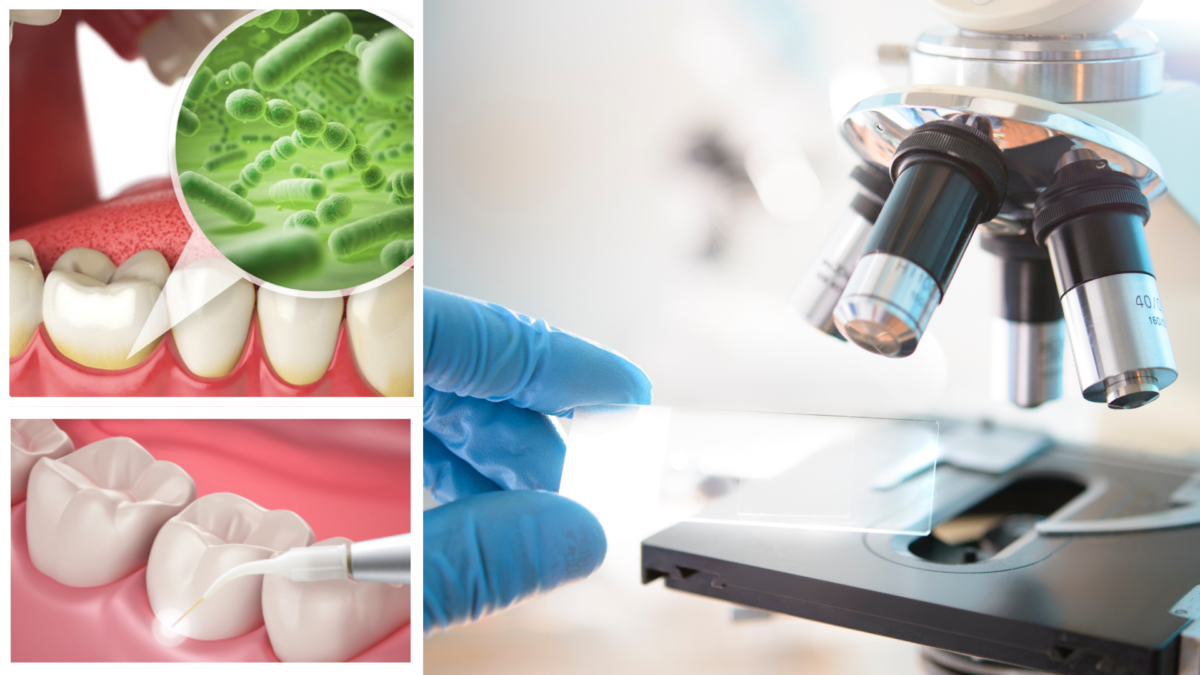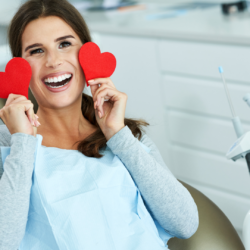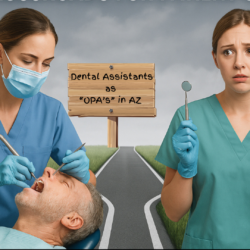Dentistry is a blend of art, science, and technology. If you’re like most dental professionals, you appreciate tools that are backed by research, improve accuracy, and elevate both patient outcomes and practice efficiency. Two game-changing technologies that do exactly that? Dental microscopes and diode lasers. Individually, they’re powerful. Together, they create an unparalleled clinical advantage for identifying pathogenic oral bacteria and effectively managing it through Laser Bacterial Reduction (LBR).
Why Dental Microscopes? Because Guesswork Isn’t a Treatment Plan
Dental microscopes provide enhanced visualization, allowing clinicians to see oral bacteria at a level never before possible. Research has consistently shown that key periodontal pathogens, such as Porphyromonas gingivalis, Treponema denticola, and Tannerella forsythia, play a direct role in the progression of periodontal disease (Socransky et al., 1998). By identifying these bacteria early, you can educate patients with tangible, scientific evidence rather than just descriptions of “puffy gums” or “bleeding upon probing.” When patients see the problem under high magnification, they’re far more likely to accept the treatment solutions you offer.
The Science Behind Oral Bacteria and Systemic Health
Periodontal disease isn’t just a localized issue—it’s a systemic one. Numerous studies have linked the presence of periodontal pathogens to systemic conditions such as cardiovascular disease, diabetes, and even Alzheimer’s disease (Sanz et al., 2020). Educating patients about this oral-systemic connection isn’t just an opportunity—it’s an obligation. A study published in the Journal of Clinical Periodontology (2021) highlighted that reducing bacterial load in the mouth can significantly impact inflammatory markers systemically. The takeaway? Eliminating oral pathogens isn’t just about saving teeth—it’s about protecting whole-body health.
Laser Bacterial Reduction: The Treatment Patients Need (Even If They Don’t Know It Yet)
Here’s where diode lasers take center stage. Laser Bacterial Reduction (LBR) is a quick, non-invasive therapy using low-level laser energy to target and destroy harmful bacteria within periodontal pockets. This process, also known as photobiomodulation, reduces inflammation and promotes tissue healing. The benefits include:
- Preventative Power: Reduces the bacterial load before it progresses into active periodontal disease.
- Therapeutic Efficiency: Accelerates healing for patients undergoing periodontal therapy.
- Comfort and Convenience: A painless, adjunctive treatment that enhances traditional scaling and root planing (SRP).
The Benefits of Combining Dental Microscopes and Diode Lasers
Pairing dental microscopes with diode lasers maximizes clinical excellence in three key ways:
1. Enhanced Patient Education and Case Acceptance
Patients trust what they see. When you can show them high-resolution images of bacterial colonies and then explain how a laser can eliminate them, treatment acceptance skyrockets. The visual evidence validates the need for action and removes skepticism about “unseen” dental issues.
2. Elevated Clinical Outcomes and Efficiency
Seeing bacteria in real-time allows for targeted treatment. Instead of relying solely on clinical symptoms, you can personalize laser therapy to the specific microbial profile of each patient. This precision leads to more predictable periodontal therapy outcomes and improved long-term patient health.
3. Increased Practice Profitability and Patient Retention
Using both technologies expands your scope of care while simultaneously boosting revenue. Patients who understand the value of preventative laser therapy return for routine maintenance, increasing retention rates and treatment plan acceptance. Additionally, incorporating LBR as a standard of care differentiates your practice, attracting patients who seek the latest in science-backed dentistry.
Overcoming the Challenges of Implementing New Technology
Adopting dental microscopes and diode lasers is an investment—not just financially, but also in training and workflow integration. Here’s how to overcome the most common hurdles:
- Streamlining Workflows: Ensure seamless integration by defining clear protocols for when and how to use these technologies in patient care.
- Product Knowledge and Training: Equip your team with hands-on training to confidently discuss and utilize microscopes and lasers.
- Patient Communication: Develop patient-friendly language to explain the benefits of laser therapy and bacterial visualization.
- Return on Investment: Understand that these technologies aren’t just expenses—they’re revenue-generating tools that improve treatment acceptance and patient retention.
- Resistance to Change: Change is uncomfortable, but clinical excellence demands it. Start with a champion team member who can lead the transition and inspire adoption.
Who Benefits the Most from Laser Bacterial Reduction?
LBR is an excellent treatment option for:
- Patients with gingivitis or early periodontal disease.
- Patients undergoing orthodontic treatment who struggle with plaque control.
- Individuals with systemic conditions like diabetes or cardiovascular disease.
- Patients who experience frequent bouts of oral inflammation or infection.
By identifying high-risk patients and educating them about the role of bacteria in their oral and systemic health, you position yourself as a trusted healthcare provider—not just a tooth mechanic.
The Bottom Line: Invest in Excellence, Elevate Your Practice
Using dental microscopes and diode lasers together isn’t just about keeping up with technology—it’s about setting a new standard for dental care. From improving diagnostic precision to enhancing treatment outcomes, these tools redefine what’s possible in modern dentistry.
So, are you ready to take your practice to the next level? Your patients—and your bottom line—will thank you for it.



